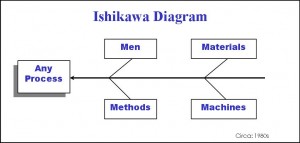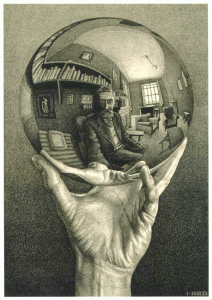
How many times have you inherited a project and had major problems with a supplier who was selected because they were cheap !
This perception of “cheap” is normally based purely on price and takes absolutely no account of the total cost of ownership of the product or service.
Selecting suppliers purely on price is never a good idea.
Here are some great tips from Businesslink:-
What you should look for in a supplier
There are a number of key characteristics that you should look for when identifying and short listing possible suppliers. Good suppliers should be able to demonstrate that they can offer you the following benefits.
Quality and reliability
The quality of your supplies needs to be consistent – your customers associate poor quality with you, not your suppliers. Equally, if your supplier lets you down with a late delivery or faulty supplies, you may let your customer down.
Speed and flexibility
Being able to place frequent, small orders lets you avoid tying up too much working capital in stock. Flexible suppliers help you respond quickly to changing customer demands and sudden emergencies.
Value for money
The lowest price is not always the best value for money. If you want reliability and quality from your suppliers, you’ll have to decide how much you’re willing to pay for your supplies and the balance you want to strike between cost, reliability, quality and service.
Strong service and clear communication
You need your suppliers to deliver on time, or to be honest and give you plenty of warning if they can’t. The best suppliers will want to talk with you regularly to find out what needs you have now and how they can serve you better in the future.
Financial security
It’s always worth making sure your supplier has sufficiently strong cashflow to deliver what you want, when you need it. A credit check will help reassure you that they won’t go out of business when you need them most.
Always remember the difference between price & cost
; Keep up to date by becoming a facebook
fan


 As a rough guide a
As a rough guide a  The recent internal memo “leaked” from Nokia & published on technology website Endgadget.com demonstrates the need for any corporation, but particularly those in the Technology arena, to have a continuous stream of
The recent internal memo “leaked” from Nokia & published on technology website Endgadget.com demonstrates the need for any corporation, but particularly those in the Technology arena, to have a continuous stream of  1) Create Space – nothing clouds judgement more than pressure to create a fast solution. Tell stakeholders you are assessing the situation and will provide an update in 1 weeks time.
1) Create Space – nothing clouds judgement more than pressure to create a fast solution. Tell stakeholders you are assessing the situation and will provide an update in 1 weeks time.
 chris@projectsguru.co.uk
chris@projectsguru.co.uk Don’t ask me what “Zen” is.
Don’t ask me what “Zen” is. Operating as an Interim
Operating as an Interim 
 Earned Value is a term which allows us to determine where we are in a project in terms of progress against plan. If we talk about expended cost at a particular moment of time we have no idea whether we are ahead or behind the plan unless we measure the amount of work done and the time expended doing it.
Earned Value is a term which allows us to determine where we are in a project in terms of progress against plan. If we talk about expended cost at a particular moment of time we have no idea whether we are ahead or behind the plan unless we measure the amount of work done and the time expended doing it. How does your Organization treat the people it employs ?
How does your Organization treat the people it employs ?




 It’s that time of year again when we all reflect on what has passed and look forward to what is to come, so here are three predictions for 2011 and beyond:-
It’s that time of year again when we all reflect on what has passed and look forward to what is to come, so here are three predictions for 2011 and beyond:-